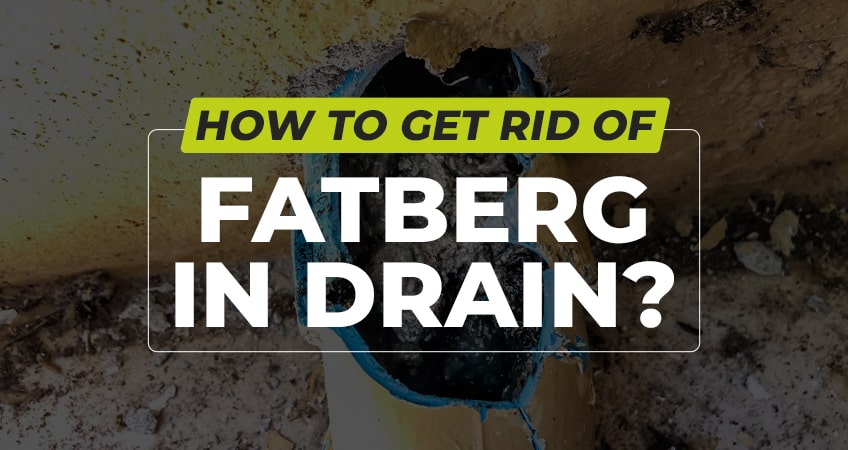Fatbergs are a growing problem for homeowners and businesses alike. These stubborn blockages can wreak havoc on your plumbing and cause significant damage if not dealt with promptly. In this blog, we’ll explore what fatbergs are, how they form, and most importantly, how to get rid of them in your drains.
What are fatbergs and how do they form?
Fatbergs are solid masses of congealed fat, oil, grease, and non-biodegradable waste that accumulate in sewer systems and drains. They form when fats, oils, and greases (often referred to as FOG) are poured down the kitchen sink where they cool and solidify. Over time, these substances combine with other waste materials, such as wet wipes, sanitary products, and leftover food waste, forming a solid, rock-like blockage.
These blockages can grow to enormous sizes, causing serious disruptions in the plumbing systems of homes, commercial properties, and public sewer networks.
The dangers of fatbergs
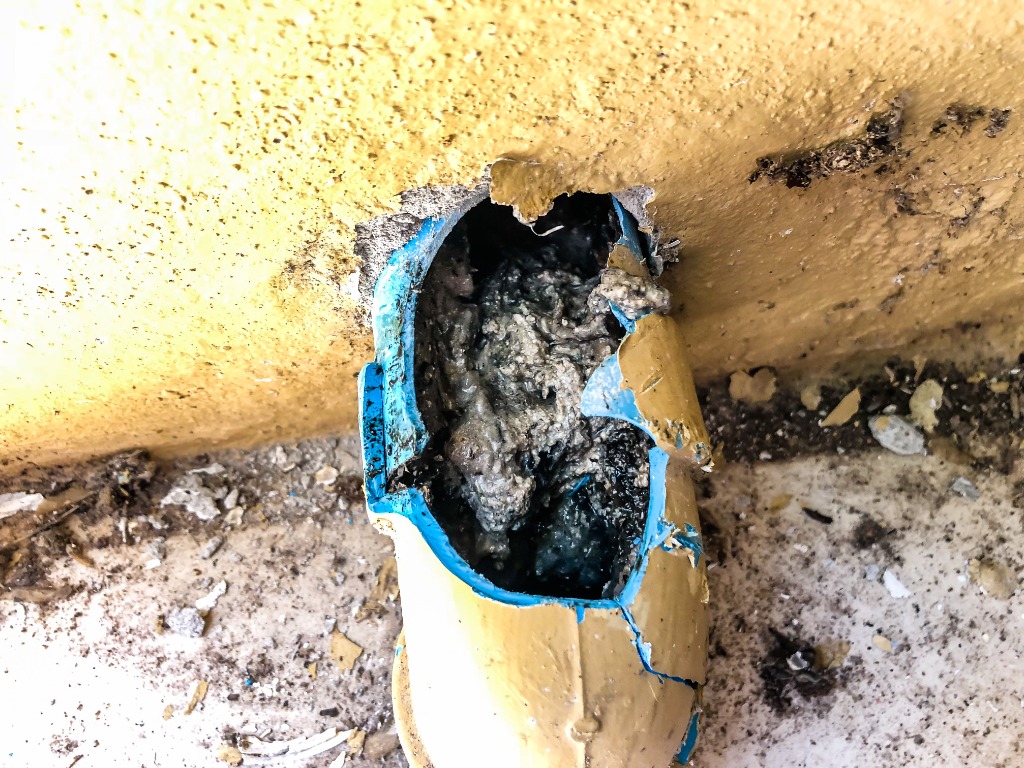
Fatbergs are not just an inconvenience; they can lead to severe plumbing issues and costly repairs. Firstly, they cause blockages that can result in slow drainage or even complete backups, leading to unpleasant odours and unsanitary conditions.
Secondly, if left untreated, fatbergs can cause pipes to burst due to the increased pressure, resulting in extensive property damage. This can be particularly problematic for commercial property owners and landlords, who may face significant repair costs and potential loss of business or rental income.
In addition, fatbergs pose a threat to public health and the environment. When they grow to a size where they cause sewer blockages, untreated wastewater can overflow into streets, rivers, and oceans, contaminating water sources and harming wildlife.
Identifying fatberg formation
Recognizing the signs of a fatberg in your drains early can help you take action before it becomes a major problem. Here are some common indicators that you may have a fatberg forming in your plumbing system:
- Slow draining water: If you notice that water is taking longer than usual to drain from your sinks, showers, or toilets, it could be a sign of a developing blockage.
- Unpleasant odours: Foul smells coming from your drains are often a result of trapped food particles and grease, which can indicate the presence of a fatberg.
- Gurgling sounds: Strange noises coming from your pipes, such as gurgling or bubbling, can suggest that air is being trapped by a blockage, causing it to escape through the water.
By being vigilant and addressing these warning signs promptly, you can prevent a minor issue from escalating into a full-blown fatberg crisis.
Prevention techniques
Preventing fatbergs from forming in the first place is the best way to avoid the headaches and expenses associated with their removal. Here are some practical tips for homeowners to keep their drains fatberg-free:
Dispose of fats, oils, and greases properly
Never pour FOG down the drain. Instead, collect them in a container and dispose of them in the rubbish bin or recycle them if possible.
Use a drain cover
Install strainers or drain guards in your sinks and showers to catch food particles, hair, and other debris before they enter your plumbing system.
Flush only toilet paper – no wet wipes!
Avoid flushing anything other than toilet paper down the toilet. Items such as wet wipes, sanitary products, and cotton buds should be disposed of in the bin.
Educate your household
Make sure everyone in your home understands the importance of proper waste disposal and the potential consequences of pouring FOG down the drain.
By following these simple steps, you can significantly reduce the risk of fatbergs forming in your drains.
DIY solutions for fatberg removal in your blocked drains
If you’ve identified a small fatberg in your drain, you may be able to tackle it yourself using some common household items. Here’s a step-by-step guide to help you get started:
Pour boiling water and dish soap down the drain

Boil a kettle of water and carefully pour it down the affected drain, followed by a generous squirt of dish soap. The hot water will help to melt the fats, while the soap breaks down the grease. Repeat this process several times to clear the blockage.
Baking soda and vinegar
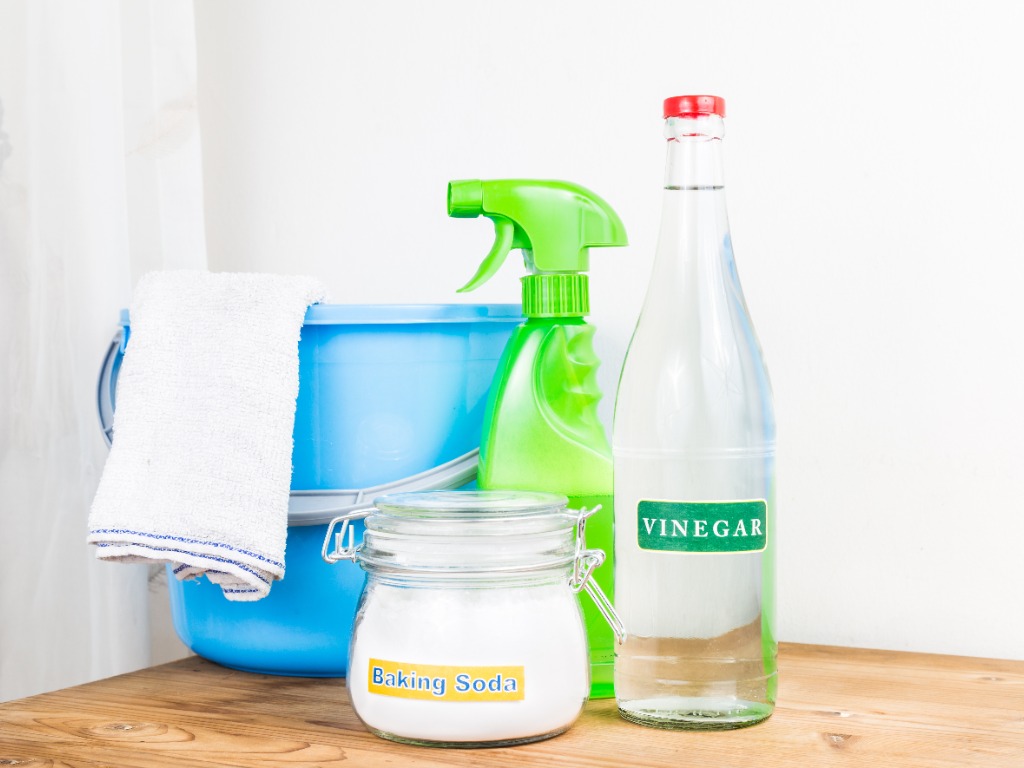
Pour half a cup of baking soda down the drain, followed by half a cup of white vinegar. Allow the mixture to fizz and work its magic for 10-15 minutes, then flush the drain with boiling water. This method can help to break down smaller fatbergs and clear your pipes.
Plunger

If the blockage persists, try using a plunger to create suction and dislodge the fatberg. Be sure to cover any overflow vents to create a seal and plunge vigorously until the water starts to drain more freely.
Drain snake
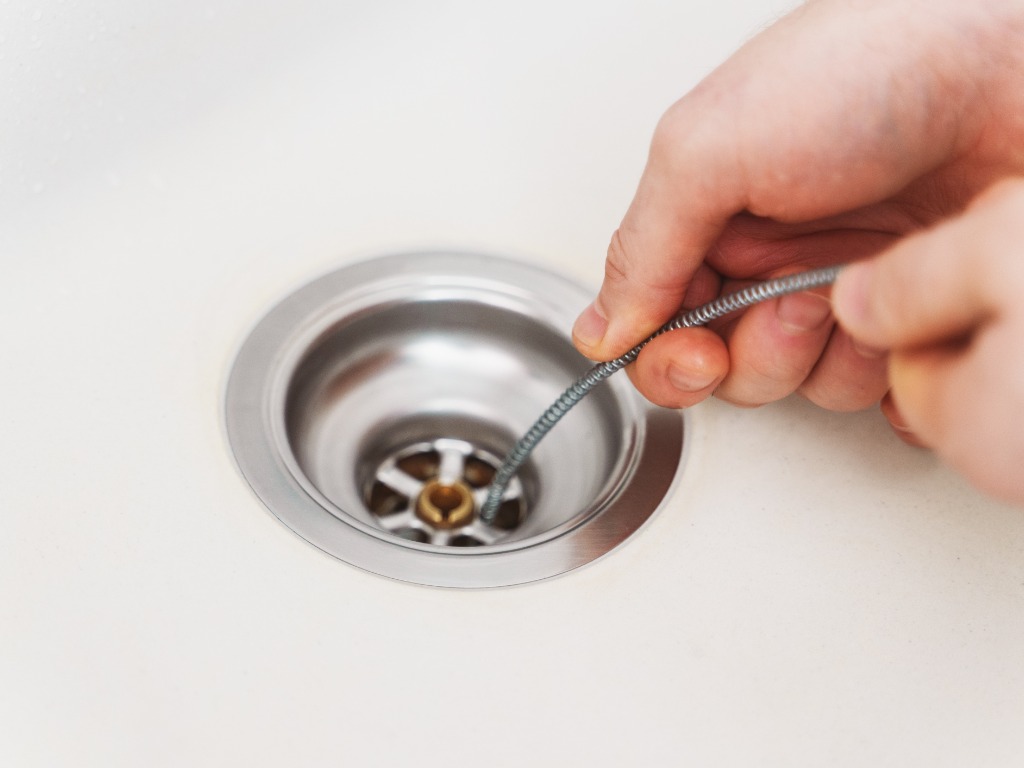
For more stubborn blockages, a drain snake or plumber’s auger can be used to break up and remove the fatberg. Insert the snake into the drain and rotate it to catch and pull out the debris.
Enzyme drain cleaner
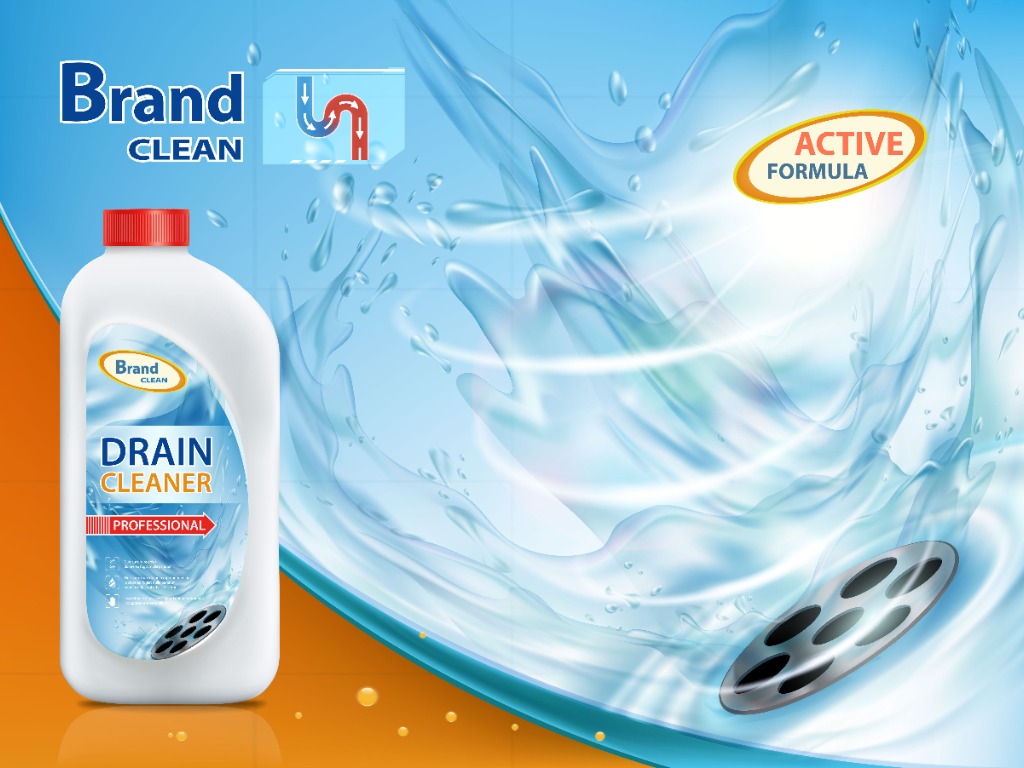
Enzyme drain cleaners are eco-friendly products that utilise natural enzymes and bacteria to break down organic matter in your drains. Unlike traditional chemical drain cleaners, which often contain harsh substances that can damage pipes and the environment, enzyme cleaners target specific organic blockages, such as fats and food residue, without the risk of corrosion.
They work gradually by digesting the build-up in your plumbing, making them particularly effective for clearing fatbergs over time. By promoting a healthy plumbing system without harmful chemicals, enzyme drain cleaners can help homeowners maintain smoother drainage and reduce the chances of future fatberg formations.
Drain rod (external blockages)
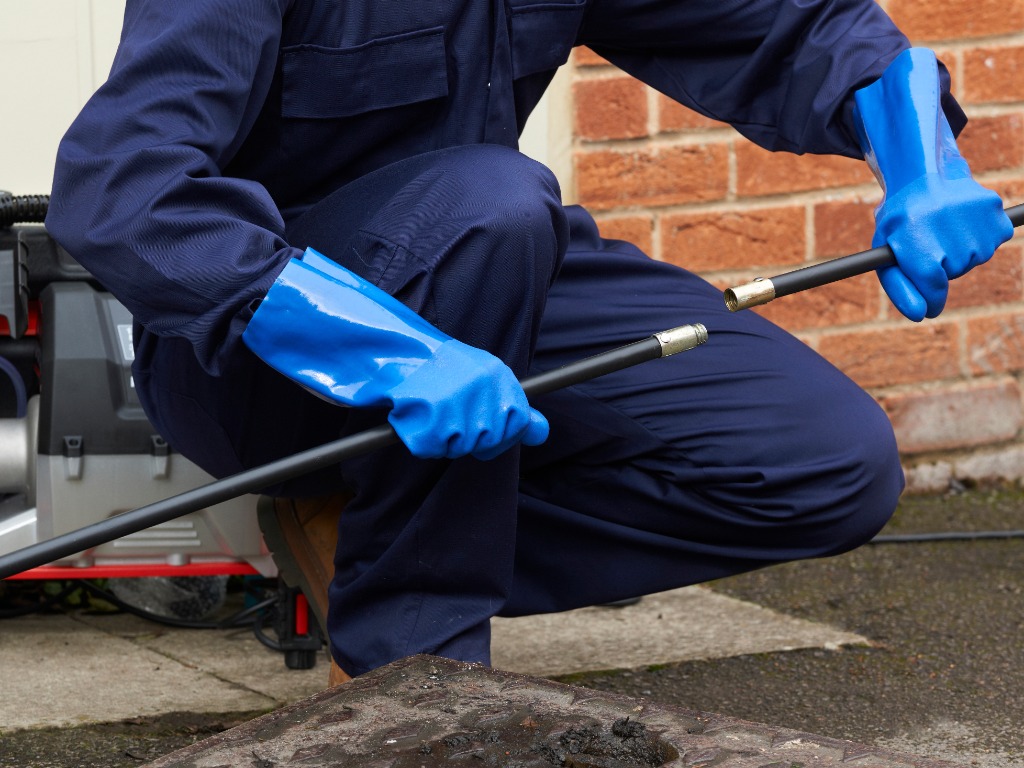
To tackle an external blockage caused by a fatberg on an outside drain, use drain rods for effective clearing. Start by gathering tools, assess the blockage, and carefully insert and rotate the rods to physically break it apart. Be careful not to use too much force to prevent damaging the pipework. Regular maintenance is key to preventing future blockages and ensuring proper drainage.
Professional drain cleaning services
If your efforts to remove a fatberg prove unsuccessful or if you suspect a more significant blockage, it’s time to call in professional help.
Experienced drainage technicians use advanced equipment and techniques to safely and effectively remove blockages, ensuring your plumbing system is restored to optimal condition. Here are some of the benefits of choosing professional drain cleaning services:
- Expertise and experience: Drainage technicians have the knowledge and skills to identify and address fatbergs quickly and efficiently, minimising disruption to your property.
- Advanced equipment: Professionals use state-of-the-art tools, such as high-pressure water jetting and CCTV drain cameras, to thoroughly clean and inspect your drains, ensuring all blockages are removed.
- Preventative maintenance: Regular professional drain cleaning can help prevent fatbergs from forming in the future, saving you time, money, and hassle in the long run.
Conclusion
Fatbergs are a serious issue that can cause significant damage to your plumbing system and property if left untreated. By understanding what fatbergs are, how they form, and how to prevent and remove them, you can protect your home or business from the costly consequences of these stubborn blockages.
Remember to dispose of fat, oils, and grease properly, use strainers and drain guards, and educate your household on the importance of proper waste disposal. If you encounter a fatberg in your drain, try the DIY solutions outlined above, and don’t hesitate to call in professional help if needed.
Time to call in the pros?
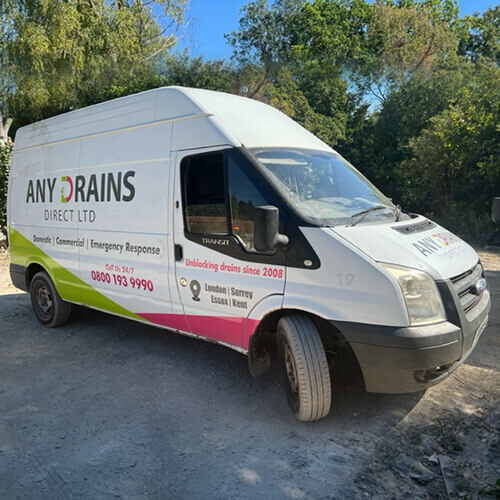
Contact Any Drains Direct for a free quote and expert assistance with fatberg removal.
For expert assistance with fatberg removal and to ensure your drains remain in top condition, contact Any Drains Direct today for a free quote. Together, we can keep your plumbing system running smoothly and fatberg-free.
Don’t wait until a minor blockage becomes a major problem and reach out today for your free quote.
 01732 667 688
01732 667 688


